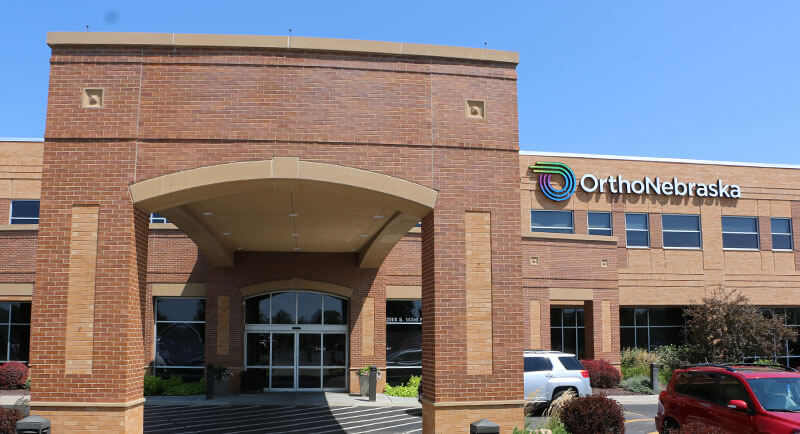How is Joint Cartilage Damage Repaired?
There are many different methods of trying to restore cartilage:
- Microfracture – multiple holes are made in the joint surface to promote new blood supply and a healing response in the subchondral bone
- Drilling – like microfracture, a small drill or punch creates the holes to promote a healing response in the bone closest to the cartilage. This bleeding, like in microfracture, may help form fibrocartilage over the damaged area.
- Abrasion arthroplasty – small burrs are used to cause small areas of bleeding from the bone in the affected area to spur creation of new cartilage. In this procedure, high-speed burrs are used instead of wires or drills.
- Knee Cartilage Transplant – cartilage is implanted and re-grown in your knee
Who should have surgery for cartilage damage?
Older people with worn cartilage will often opt for joint replacement surgery, which replaces cartilage with metal or plastic. Cartilage surgery tends to be a choice for younger and more active people who have healthy bone and muscle around the cartilage, as well as a lower tolerance for activity limitations that can sometimes result from joint replacement.
Does surgery for damaged cartilage work?
Each of the above methods has different complexities and potential complications that you can discuss with your surgeon. Although some of the methods are newer and less proven, studies are emerging every day. For example, Autologous Chondrocyte Implantation was recently shown to be 85 percent effective in allowing knee patients to return to pain-free activities.
Having your surgery performed at an orthopaedic specialty hospital like OrthoNebraska with an entire team both before and after surgery who is familiar with these types of procedures can be beneficial and improve your outcome.
What can I expect when I have surgery for damaged cartilage?
You may need a pre-surgical physical to make any necessary accommodations based on your health history. When you arrive at the hospital, you’ll speak to your surgeon and anesthesiologist. You will likely be under general anesthesia (fully asleep) for this procedure.
Great care must be taken to protect the joint during recovery. Your doctor may opt to immobilize your joint to a certain extent. As the joint heals, physical therapy may be recommended to help restore mobility and strengthen the muscles around it.




